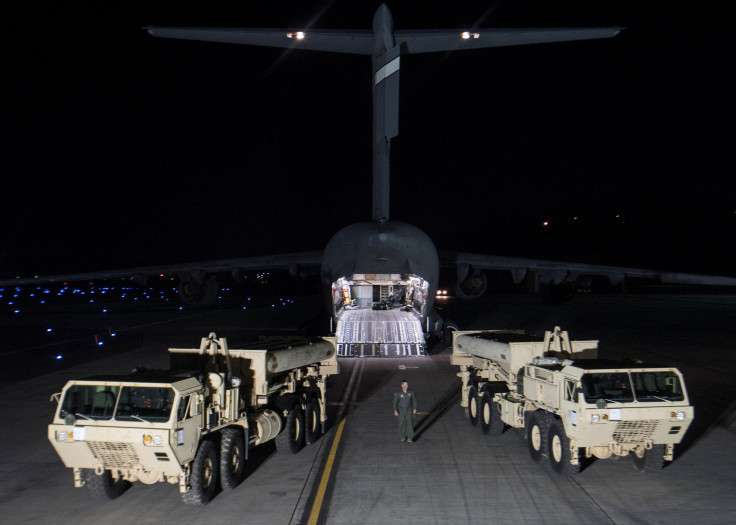Is US Preparing For War? 2017 Defense Budget Passed As Tensions Increase

The House of Representatives approved and pegged the Pentagon’s spending at $577.9 billion Wednesday, more than five months into the 2017 fiscal year as the country frets over growing tensions with China, Russia and North Korea.
The spending bill passed rather easily by a vote of 371-48, but Democrats complained that Republicans appeared focused on assuring the Defense Department’s budget but not 10 others that required the legislative body’s approval, The Hill reported.
“Despite my support for this legislation, I am extremely troubled that we are still working on the fiscal year 2017 defense bill five months and eight days into the fiscal year,” ranking member of the House Appropriations Defense Subcommittee and Rep. Pete Visclosky (D-Ind.) said. “Even more disconcerting is the fact that the defense appropriations act is just one of 11 fiscal-year 2017 appropriations bills that need to be completed by the end of next month. There is no excuse for them remaining unfinished.”
The bill afforded the Pentagon a base of $516.1 billion and another $61.8 billion for Overseas Contingency Operations – often times referred to as the U.S. war fund – yet it did not include additional funding that President Donald Trump’s administration had asked for but hadn’t sent a request to Congress. All told, the Pentagon received $583.7 billion to spend this year.
“The bill funds critical national security needs,” a White House statement read. “The administration is committed to working with the Congress on a sustained effort to rebuild the military. In the coming weeks, the administration plans to request additional FY 2017 appropriations to improve the warfighting readiness of the military and provide the resources needed to accelerate the defeat of the Islamic State of Iraq and Syria (ISIS).”
In December, former President Barack Obama signed the annual defense authorization act that allotted a 2.1 percent pay increase for troops this year, the biggest such raise since 2010. However, it still required the House’s approval before being fully implemented.
To date, the U.S. has faced both diplomatic and possibly real threats from other top militaries like Russia and China, as well as terrorist groups like ISIS. The Russians have gradually tested the U.S. and its NATO allies by moving missiles and troops near Eastern Europe’s borders and has regularly flown into NATO members’ airspace over the past several months.
China stated the U.S. was risking a nuclear arms race in Asia after it moved a missile defense system to South Korea earlier this week following North Korea’s firing of four missiles toward U.S. bases in Japan.
© Copyright IBTimes 2025. All rights reserved.





















